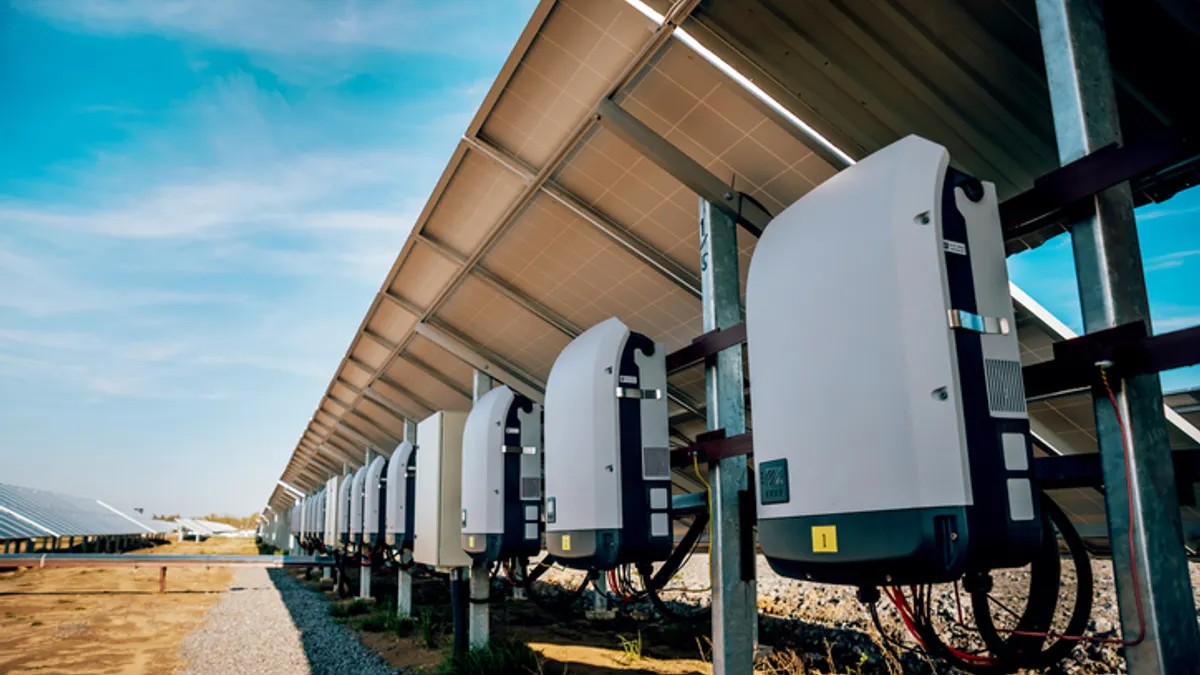Dive Brief:
- Minnesota could source up to 40% of its power from wind and solar sources without causing reliability issues, according to a new report from the state's Department of Commerce.
- The study, conducted in coordination with the Midcontinent Independent System Operator (MISO), builds on the real-world experience of Iowa and South Dakota, which produced more than 25% of their energy with renewables in 2013.
- Green power proponents say the analysis is a blow to those who believe integrating renewable power taxes the power grid. They point to Colorado and Texas, where the main power systems have hit 60% and nearly 40% wind energy at certain points in time.
Dive Insight:
Minnesota's report is good news for green energy advocates in the region, and Clean Technica reports the fundamental finding comes down to this: "The addition of wind and solar (variable renewable) generation to supply 40% of Minnesota’s annual electric retail sales can be reliably accommodated by the electric power system.”
The American Wind Energy Association posted analysis of the report and noted that the regional grid operator for the Mid-Atlantic and Great Lakes states, PJM, also found that “with adequate transmission and ancillary services in the form of Regulation, [PJM] will not have any significant issue absorbing” 30% renewable energy.
Similarly, AWEA said the National Renewable Energy Laboratory found no reliability concerns with integrating 30% wind energy in the Eastern U.S. and 33% renewable energy in the west. "Pushing the envelope further, NREL has examined a case with 80 to 90 percent renewable energy nationwide, including biomass and hydropower, and also found no reliability concerns," AWEA said.













